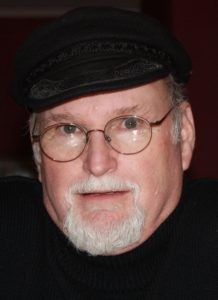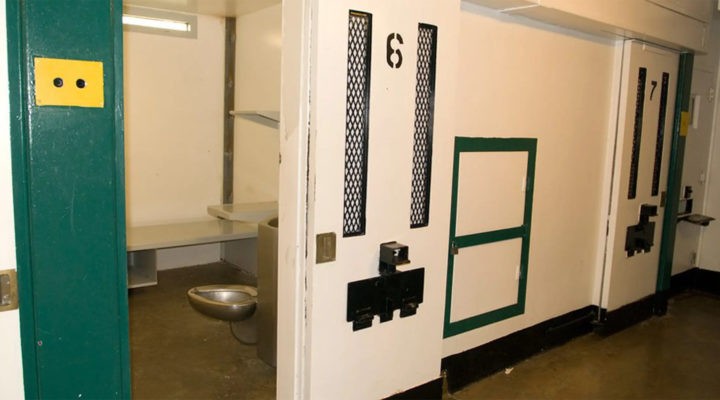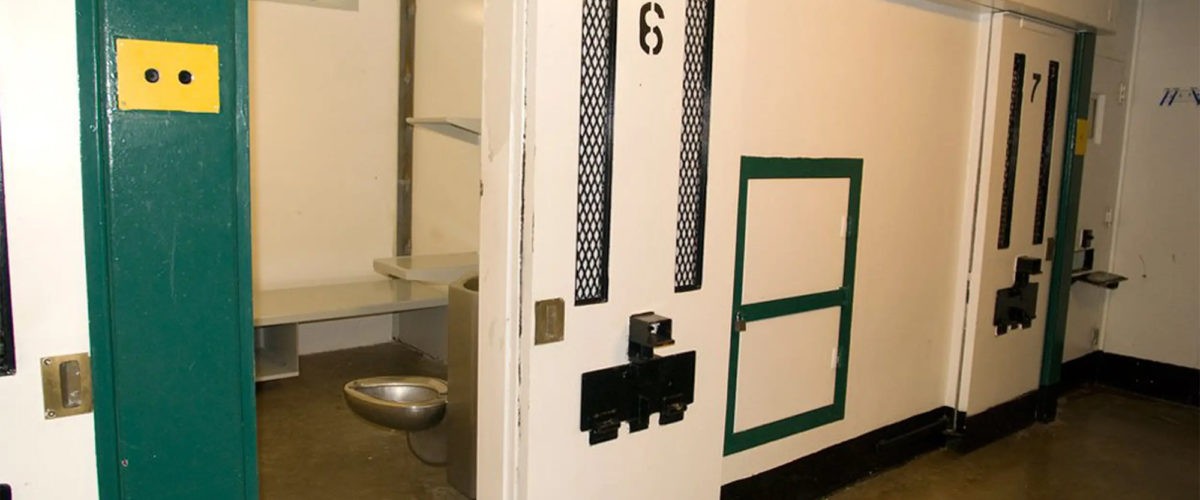I served as a pastor for 33 years and then worked nearly six years as a counselor at the most high-profile maximum-security prison in Texas. There, I ran the mental health department, nestled in the prison infirmary, which serves all the offenders and, in emergencies, staff and correctional staff.
Looking back, I can say there is nothing in the Texas criminal justice system or the Texas Department of Criminal Justice that is right, meets the standards of “not cruel or unusual punishment,” nor is fundamentally rooted in any kind of human compassion or hope that an offender can become a productive part of society again.
The situation in Texas is representative of the larger problem with criminal justice in America, which is built on a foundation of retribution and not reformation or restitution.
Let’s take the Texas prison system, then, as an example.
Currently, there are 122,000 offenders housed in 101 Texas prisons. Over the past year, 173 offenders have died from COVID-19, as have 27 prison employees. Frankly, to me those numbers are shockingly low and suspicious.
“Texas prisons are centers of punishment. Short and simple.”
The feeder system into Texas prisons is the Texas criminal justice system, which is weighted against people of color and the mentally ill. I saw this every day working with offenders in the disparity of sentences, the disparity of offender ethnicity, disparity of access to criminal defense and who ended up on Death Row.
The “get tough on crime” attitude in Texas translates into a punishment focus with little, very little, regard for rehabilitation of offenders. It has not dawned on legislators or the courts that most offenders in Texas prisons will be released into the “free world” at some point. Yet the legislature and criminal justice system’s decisions often determine whether an offender will come out of prison done with their former way of life, or angry and a more dangerous person.
Texas prisons are centers of punishment. Short and simple. The punishment is meted out in a variety of ways. In a men’s prison, men are strip-searched at certain points of movement to make sure they are not carrying weapons or contraband. While offenders are supposed to be treated with respect, that is an option correctional officers choose to ignore if they believe the situation warrants it.
I decided on Day 1 that I would follow my training from childhood. I was taught to say, “Yes, sir,” or “Yes, ma’am,” to every adult. In a male prison, that meant each offender I spoke to I prefaced their last name with “Mr.” This is a mark of human dignity I could not forsake.
“He said: ‘You never call an offender “sir.” They are animals and need to be treated as such.’”
Even that decision for dignity was controversial. I was confronted by an angry bus driver on one occasion when he heard me address an offender in that way. He said: “You never call an offender ‘sir.’ They are animals and need to be treated as such.”
The negative effects of solitary confinement have long been documented, but Polunsky Maximum Security Prison had one whole building dedicated to single-celling offenders, with another transient building with single celling, and three other buildings with portions of single cells. Death Row was exclusively single celling (one person per cell) but as Death Row numbers waned, those places were taken with what the Texas Department of Criminal Justice called “administrative segregation.”
That means men were held in single cells for 20 or more hours a day, with solitary exercise, limited visitation, and occasional appointments with infirmary or mental health. Eventually, all those services were moved to the Death Row building, further limiting the movement of the offenders.
It was in that setting that I introduced a description of the offender after prolonged exposure to being single-celled: “Puddling.” We could document the mental, emotional and psychological deterioration of the offender over time.
TDCJ does not believe in rehabilitation. However, in order to keep federal judges off their backs, Texas prisons joined a group called American Correctional Association which, in my opinion, exists for the sole purpose of giving the impression that the prison is meeting standards. Ours never did, but we got stellar reviews.
Three significant populations in Texas prisons are those associated with substance abuse or trafficking in illegal substances, sex offenders, and gangs. According to American Correctional Association, TDCJ had sex offender treatment programs, a substance abuse treatment program and a gang renunciation program. Actually, such programs did exist but were really “window dressing,” meaning they were so small that a person could serve their time in prison and never have a chance to go through one of the programs.
“Prison, in all its aspects, is done on the ‘cheap.’”
Prison, in all its aspects, is done on the “cheap.” Salaries for corrections officers are low and as a result create constant attrition, with prisons currently suffering from understaffing even during these COVID times. Such poor wages lead to hiring unwisely. At one point in my tenure, 30 new officers would be trained, and 30 a month walked off the unit. This low pay contributed to scandals that rotated through the prison system.
Medical and mental health care also are done on the cheap. Standards are developed providing a paper trail of responses but never standards for offender wellness or mental health wellness. Outcomes are measured in having taken the right steps, filling out the right forms and doing that within set times. The one exception is suicides. Those outcomes are always embarrassing to TDCJ.
Within mental health, we saw offenders who should not have been incarcerated, but the criminal justice system would send them to prison mainly because they were mentally ill, and help was not available in the community. Texas is more willing to pay $30,000 a year to house a mentally ill offender than pour $10,000 into community services that would have better outcomes.
After the 1994 Ruiz v. Estelle case, the whole prison system expanded from about 10 prisons to 112 when I arrived. Mental health inpatient hospital capacity did not keep up, so getting someone to inpatient psychiatric facilities always was a problem. They were always overcrowded and understaffed. There was no relief even when I left the system in 2014.
“Because Texas punishes and does not rehabilitate, recidivism is a huge problem.”
Because Texas punishes and does not rehabilitate, recidivism is a huge problem. TDCJ found a no-cost solution. They invited in Christian prison ministries for the purpose of leading offenders to Christ. The statistics indicate that if a person comes to faith in Christ and practices their faith, they are significantly less likely to return to prison.
So, TDCJ reached out to Christian ministries to do their work for them, which many were happy to do. Bill Glass Ministries and KYROS (Walk to Emmaus) are two with which our prison participated. I don’t have a quarrel with the presence of the ministries, but I do question what other options are present for those who are non-religious or Muslim.
In sum, my experience and assessment of the Texas criminal justice system as it fed into the Texas Department of Criminal Justice was devoid of humanity, human compassion and any effort to foresee the return of more than 100,000 offenders back into communities across Texas.
For a state and state leadership that often professes Christ and Christian moral values, I fail to see either Christ or Christian moral values in the criminal justice system and the incarcerated setting. More than that, I believe God is grieved by his “alleged” children’s lack of care.

Michael Chancellor served 33 years as pastor of four Baptist churches in Texas, seven years as a mental health manager in a maximum-security Texas prison and now is a therapist in private practice in Round Rock, Texas.
Related articles:
After 23 years in prison, Curtis Flowers is free
Advocates seek systemic change in prison justice issues
Christian leaders call for criminal justice reform


